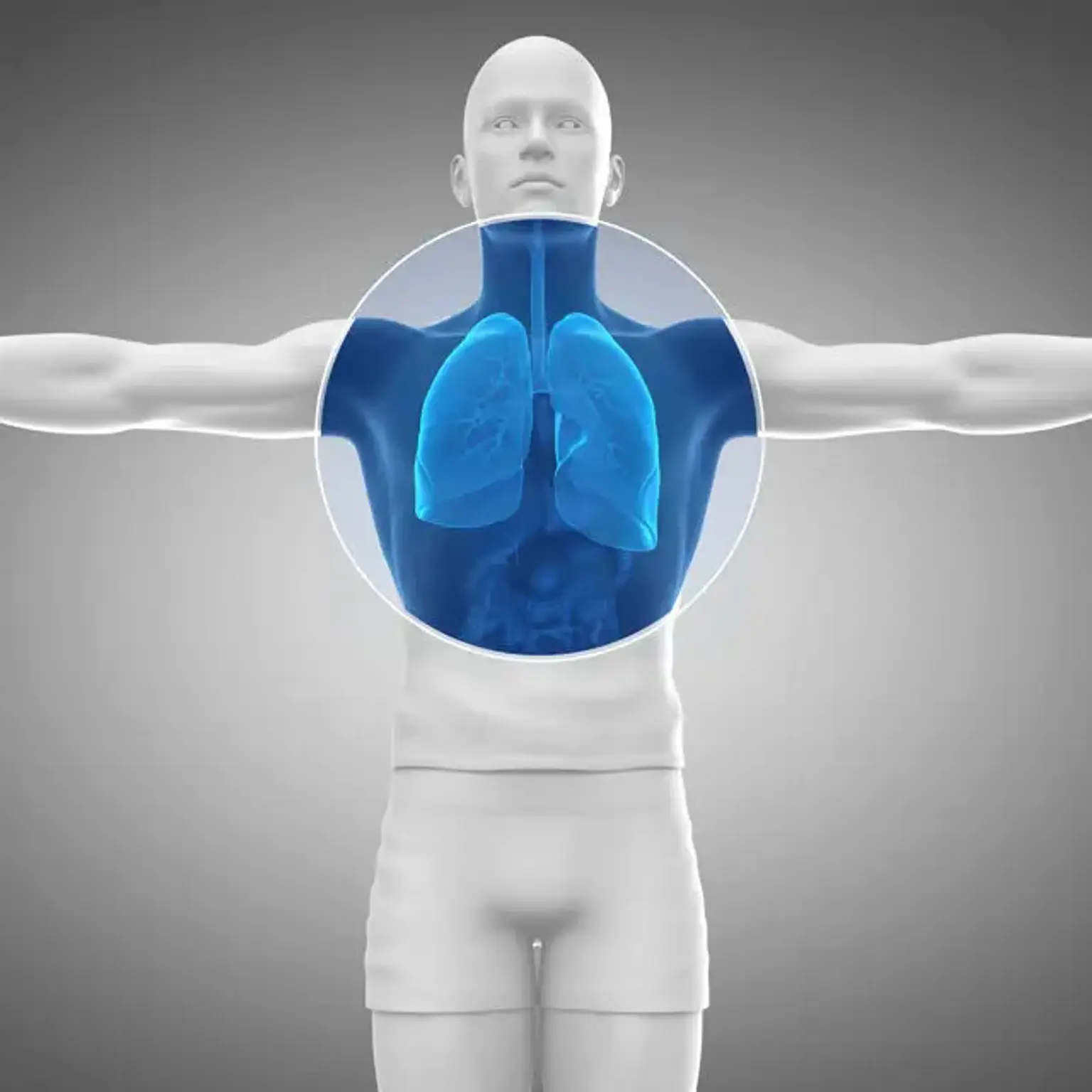Pleural Disease
Overview
The chest cavity is a compartment bounded by the spine, ribs, and sternum (breast bone), and divided from the abdomen by the diaphragm. Among other vital organs, the chest cavity houses the heart, thoracic aorta, lungs, and esophagus (swallowing route). The rib cage and diaphragm form the wall of the chest cavity.
The pleura, a thin glossy membrane that covers the inside surface of the rib cage and stretches across the lungs, lines the chest cavity. During breathing, the pleura normally generates a little quantity of fluid that acts as a lubricant for the lungs as they move back and forth against the chest wall.
The pleura and pleural cavity are involved in a number of illnesses, each with its own set of origins, symptoms, and therapies.
